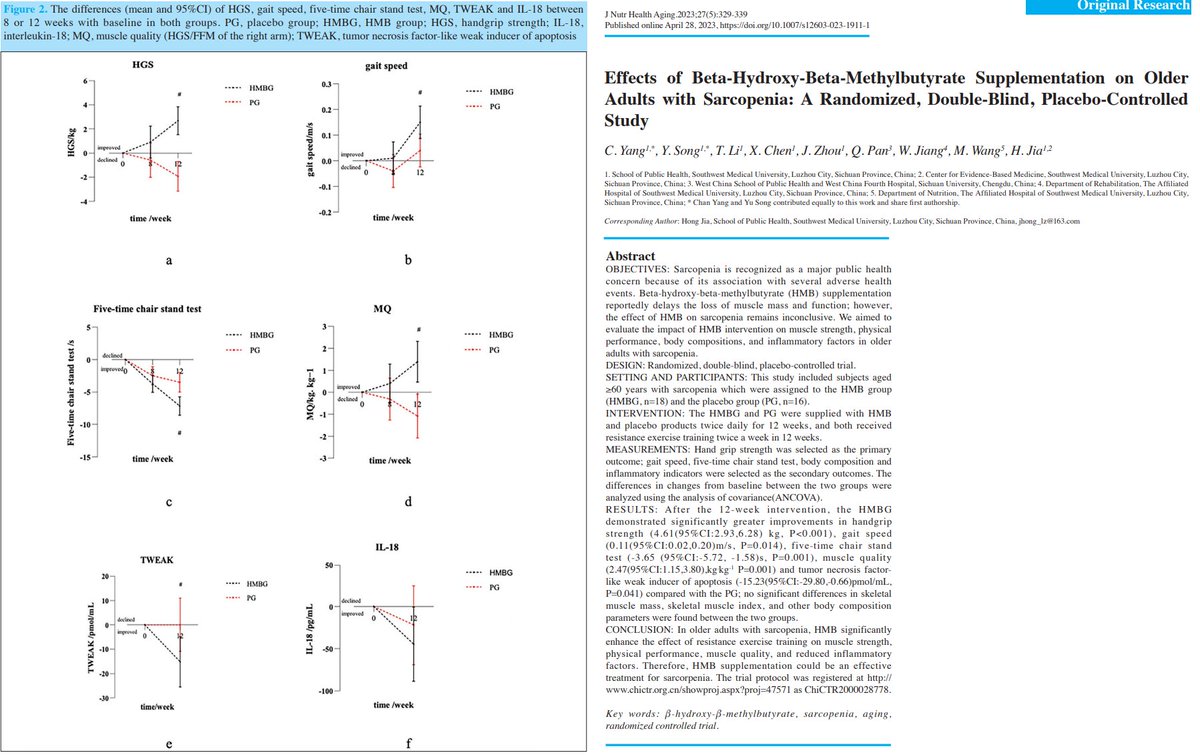In this one, a low-intensity resistance training with blood flow restriction (BFR) was associated with superior improvements in macrovascular and microvascular function compared with a traditional high-intensity resistance training program in healthy, young men. 

- This study aimed to determine the macrovascular and microvascular function responses to low-intensity resistance training with blood flow restriction compared to a high-load resistance training control group.
- Twenty-four young, healthy men participated.
- Participants performed bilateral knee extensions and leg presses 4 days per week, for 4 weeks. For each exercise, the low-intensity resistance training with blood flow restriction completed 3 X 10 repetitions/day at 30% of 1-repetition max.
The occlusive pressure was applied at 1.3 times of individual ankle systolic blood pressure.
The exercise prescription was identical for the high-load resistance training group, except the intensity was set at 75% of one repetition maximum.
- Macrovascular function, as assessed by heart-ankle pulse wave velocity (haPWV) was associated with a 5% improvement in the low-intensity resistance training with blood flow restriction group, but did not in the traditional high-intensity resistance training group.
- Microvascular function, as assessed by area under the curve of the medial gastrocnemius tissue oxygen saturation improved for both groups, but the effect was stronger for the low-intensity resistance training with blood flow restriction group (17%)...
...compared to the traditional high-intensity resistance training group (5%).
The effect of four weeks blood flow restricted resistance training on macro- and micro-vascular function in healthy, young men
doi.org/10.1007/s00421…
#exercise #Workout #TrainHard #GymLife #GymTime #muscle #strength #lift #GetStrong #hypertrophy #gainz #gains
doi.org/10.1007/s00421…
#exercise #Workout #TrainHard #GymLife #GymTime #muscle #strength #lift #GetStrong #hypertrophy #gainz #gains
• • •
Missing some Tweet in this thread? You can try to
force a refresh

 Read on Twitter
Read on Twitter







